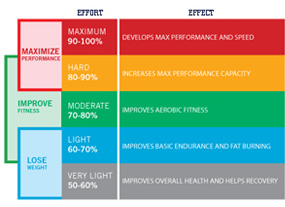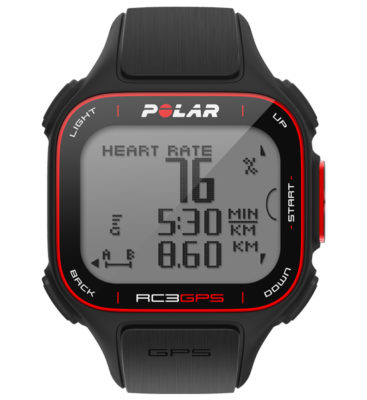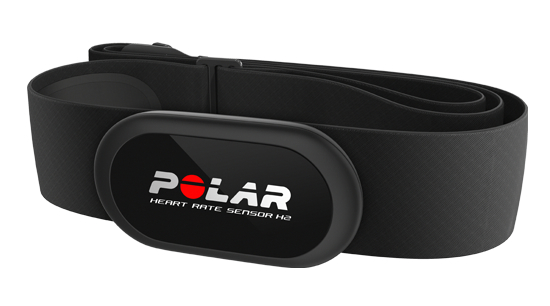Add heart rate to all the other data you collect and you may be surprised by what you find. And, yes, it matters.
Special to MazdaMotorsports.com by Larry Mason. Mason is an ACE-certified personal trainer and a brand ambassador for Polar. He has been training and racing with Polar heart rate monitors since 1994. He’s the 2014 SCCA Southern Pacific Division Champion in Formula Mazda and 2008 Formula Mazda Challenge West Champion. He competes in sprint triathlons to stay in shape for auto racing. He can be reached via his Web site at: www.LMRUSA.com
Auto racing has always been a sport known for pushing the limits to the extreme to gain a winning advantage. In today’s arena, it’s all about data. Engineers track vehicle speed, rpm, g-force and a multitude of other data to help improve the setup of the car to ultimately lead the driver to a quicker lap time. But what about the driver? For less than you might think we can track the driver’s heart rate during competition.
The goal is to help the driver train at the proper intensity outside the car to prepare for greater success on the track. In Dr. Harlen Hunter’s book, Motorsports Medicine, the quote – “One hears a driver late in the race say the tires went away. But could it be the driver . . .” Sometimes we get so caught up in the race car prep side of things that we forget about “tuning up” the driver.
Numerous studies have proven that race car drivers are athletes based on heart rate, g-force, heat and other factors encountered inside the car. Not only are the consequences severe if the driver makes a mistake, but the associated costs are as well. Therefore, let’s take a closer look at how and why we should get data and what to do with it once we have it.
There are numerous heart rate monitors available in the marketplace. Polar has led the way in technological innovations and heart rate monitors since 1977. The monitor itself is comprised of a chest strap transmitter (ABOVE) and wristwatch receiver/computer (TOP). The chest strap transmits ECG accurate data to the receiver whereby it can be displayed as heart rate in beats per minute (bpm), percentage of maximum heart rate, or specific training zone.
The old standby rule of thumb to calculate max heart rate is 220 minus your age for males and 226 minus your age for females. However this number can vary widely based on a number of factors including current state of fitness, prescription drugs being taken, etc. The best (and safest) way to find your maximum heart rate is to have a VO2 Max test done at a facility with advanced cardiac life support personnel and equipment on hand.
To measure your heart rate while racing, simply record your session on your monitor and look at/download the data after the race. As cool and calm as you think you might be behind the wheel, you may find that your heart rate is much higher than you ever would’ve thought. Once you’ve seen the results, then this gives you a starting point to see what training zone you’re in while behind the wheel. The five heart rate training zones listed are based on percentage of max HR with zone one being the easiest and zone five the hardest.
 The five training zones shown here give you a good starting point on what to focus on outside the car, but they aren’t the only thing to consider while training. The big buzzword in the fitness industry today is “HIIT” training. That stands for High Intensity Interval Training. This training technique pushes the person into zone five for a short period with a recovery period following. The idea is that the exercise session takes less time, burns more calories, and results in better fitness and weight loss than droning along in a specific training zone. This type of training is not suitable for everyone, yet can be beneficial if adequate recovery steps are taken. Keep in mind that the older one gets, the longer the recovery needs to be.
The five training zones shown here give you a good starting point on what to focus on outside the car, but they aren’t the only thing to consider while training. The big buzzword in the fitness industry today is “HIIT” training. That stands for High Intensity Interval Training. This training technique pushes the person into zone five for a short period with a recovery period following. The idea is that the exercise session takes less time, burns more calories, and results in better fitness and weight loss than droning along in a specific training zone. This type of training is not suitable for everyone, yet can be beneficial if adequate recovery steps are taken. Keep in mind that the older one gets, the longer the recovery needs to be.
In the next installment, we’ll take a look at some actual in-car heart rate data and see how that varies during a race.



 ACCESSIBILITY
ACCESSIBILITY